All rights reserved
English
LAVENDER essential oil, 10 ml
€7.25
Rated 5.00 out of 5 based on 1 customer rating
(0 customer reviews)
Lavender essential oil is made of lavender blossoms (Lavandula officinalis, Labiatae), using the method of steam distillation.
Usage: For a relaxing aromatic bath – 5-9 drops per 100 l of water. A bath enriched with the aroma of essential oil will allow the body to immerse itself in the unique world of plant scents, and the spirit to rise above everyday life. Lying, sitting, as well as hand or foot baths are useful. Since essential oils do not dissolve in water, it is convenient to mix them in a tablespoon of honey before pouring them into the bath. Essential oils cannot be poured into a hot bath, as they will evaporate quickly, the best water temperature is 36-37o C. You should take a shower before the bath, no detergents should be used in the aromatic bath, as they reduce the effectiveness of the procedure. It is advisable to stay in the bath for 10-20 minutes. After the bath, you don’t need to pour water over it, just wipe it off with a soft towel.
Bathing in an aromatic bath is a very pleasant way to relax after a physically and mentally hard day’s work, to warm up in the fresh air. A warm bath with “Mint” essential oil will evaporate fatigue and tension, making room for divine relaxation and bliss…
For massage – 9-10 drops in 20 g (2 tablespoons) of fatty oil. Massage improves blood circulation and reduces stress, and essential oils, given their wonderful properties and scents, can enhance positive emotions even more. So, focus on the whole body or a specific area and treat yourself to a relaxing, soothing or toning essential oil massage. All essential oils are applied to the body only diluted! For dilution at home, it is best to use fatty – first cold-pressed olive oil.
The rule of thumb for essential oils is less is better.
Enjoy spa treatments, baths and massages with our carefully selected essential oils.
INGREDIENTS: Lavandula Angustifolia Oil*, Linalyl Acetate*, Linalool*, Beta Caryophyllene*, Terpineol*, Limonene*, Pinene*, Camphor*.
*In accordance with the provisions of the updated Regulation (EC) No. 2023/1545 of the European Parliament and of the Council of 2023 on cosmetic products, potential allergens are indicated.
SKU: 4770287122097
Categories: Essential oils, Extracts and essential oils
Share:
MĖTA lavender essential oil is a plant odor obtained by the steam distillation of 100% Lavandula angustifolia L. lavender flowering tops, stems and leaves. Lavender oil has a very familiar, fresh, floral, slightly pungent and sweet scent that refreshes and relaxes. The essential scent of lavender oil is classified as a medium perfume note – the intensity of the scent remains for 2-3 days.
An aromatic shrub native to the Mediterranean, lavender has long been used as a medicine, fragrance, and insect repellent. Essential oil production is well established in the Provence region of France, as well as in Spain, Bulgaria and many other countries.
The origin of “MĖTA” Lavender essential oil is Spain.
Lavender essential oil has a balancing, regulating, soothing effect.
With hypersensitivity, lavender oil can help you overcome situations that make you feel frustrated and unable to express yourself.
Lavender essential oil is a classic ingredient for the production of dry skin tonics, perfumes and colognes, used in cosmetics as a scent enhancing for soaps, bath extracts, sea salts, etc.
Perfect for use with:
Essential oils of Bergamot and other citrus, Cedarwood, Clove, Clary sage, Coriander, Cypress, Frankincense, Geranium, Juniper, Myrrh, Pine, Rose, Rosemary, Sandalwood, Ylang Ylang. More»
References:
1. R. Tisserand, R. Young, E. M Williamson “Essential Oil Safety. A Guide for Health Care Professionals”, Churchill Livingstone ELSEVIER, 2014
2. R. Balz “The Healing Power of Essential Oils”, LOTUS LIGHT SHANGRI-LA, Twin Lakes, 1996
3. J. Lawless, The Encyclopedia of Essential Oils (Updated Edition), London: Harper Thorsons, 2014
4. B.M. Lawrence, Essential Oils 1981-1987 (Wheaton: Allured Publishing, 1989), 39-40.
5. P.Dugo, L. Mondello, E. Sebastiani, et al., Identification of Minor Oxygen Heterocyclic Compounds of Citrus Essential Oils by Liquid Chromatography-Atmospheric Pressure Chemical Ionisation Mass Spectrometry. (Journal of Liquid Chromatography & Related Technologies 22, 1999), 2991-3005.
6. B.M. Lawrence, Progress in Essential Oils, Number 2. (Perfumer & Flavorist 25, 2000), 46-49. SCCP, Opinion on Furocoumarins in Cosmetic Products. (Scientific Committee on Consumer Products, 13-Dec.-2005), SCCP/0942/05.
7. Л.ГДудченко, Г.П.Потебня, Н.А.Кривенко «Ароматерапия и аромамасаж», «Максимум», Киев, 1999
| Weight | 0.039 kg |
|---|
Show reviews in all languages (1)
Be the first to review “LAVENDER essential oil, 10 ml” Cancel reply
You must be logged in to post a review.

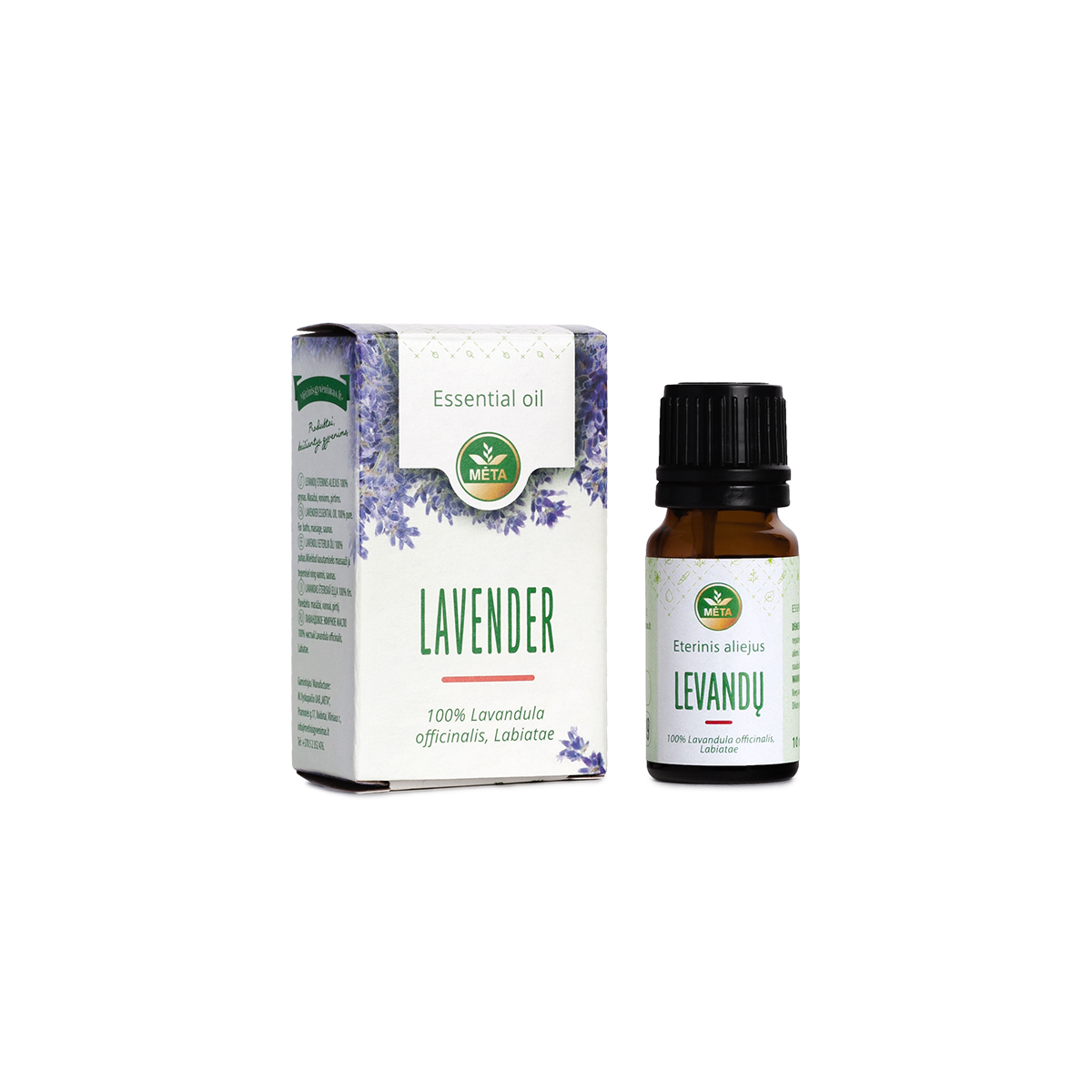
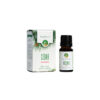

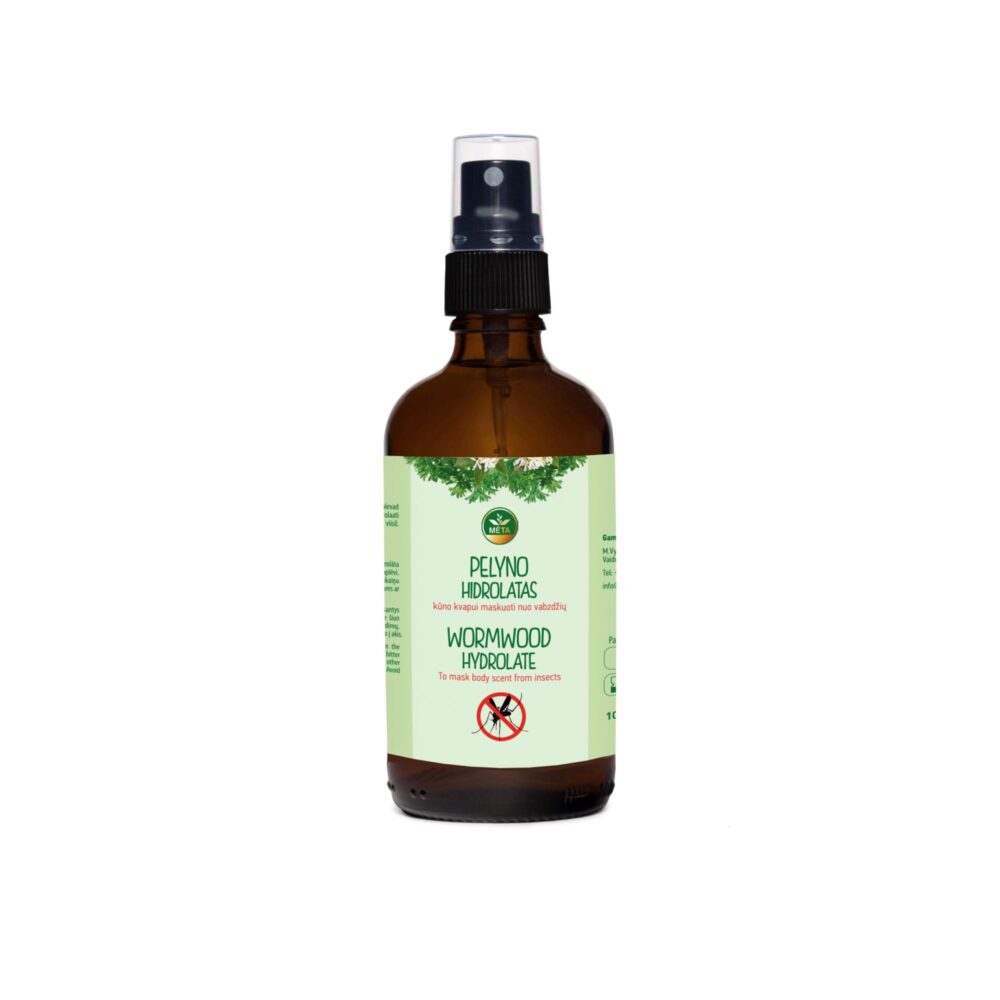


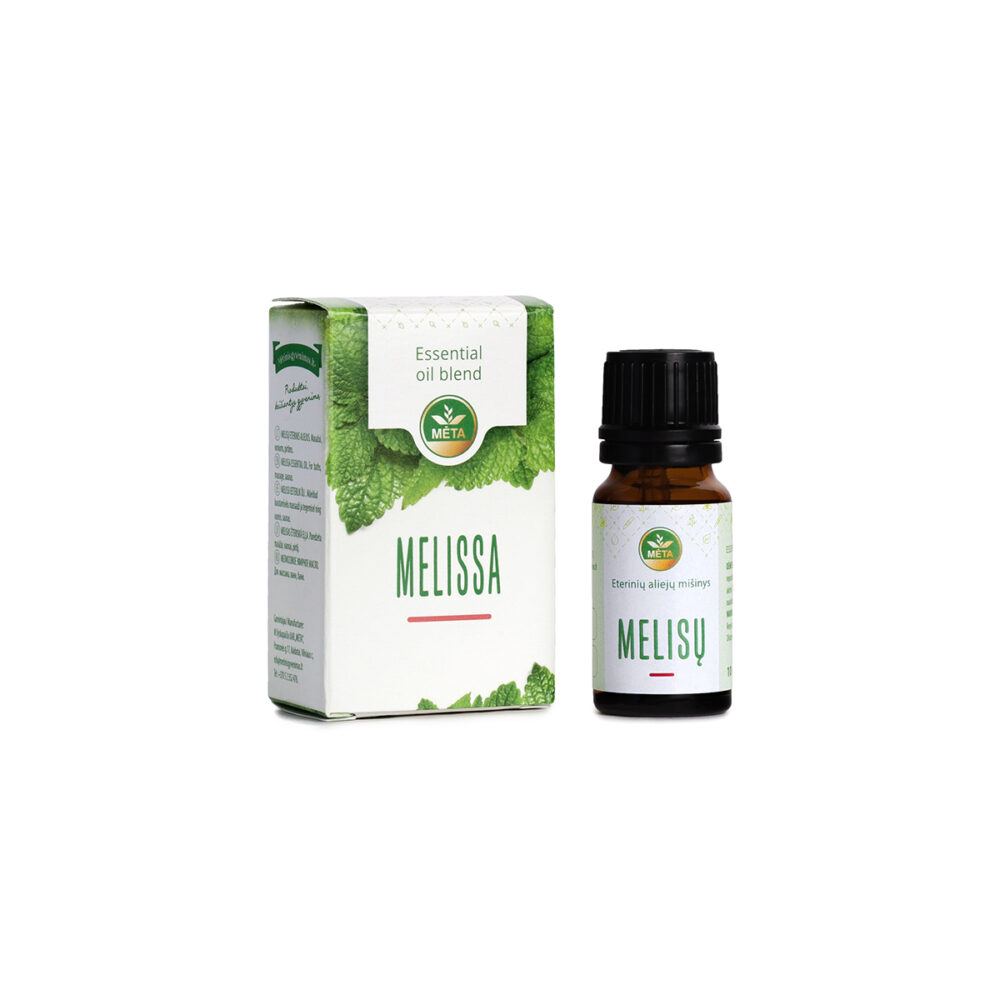

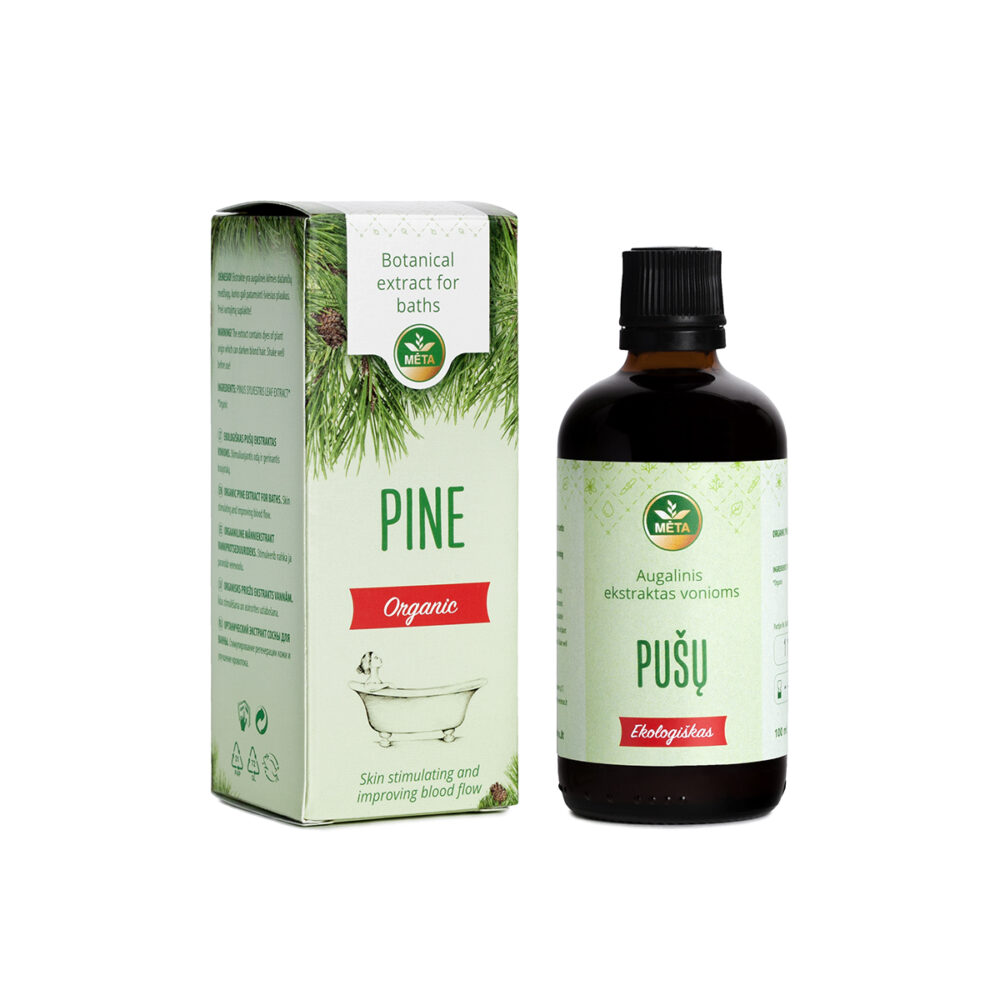


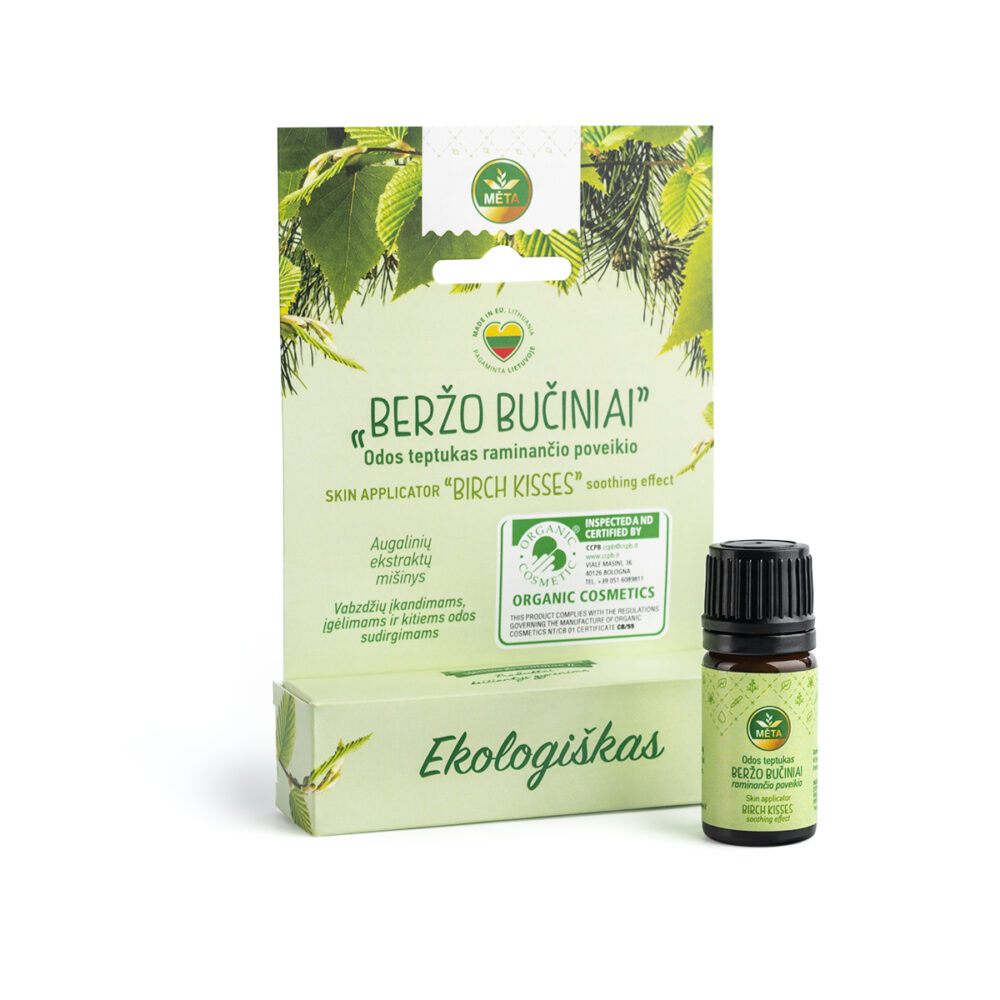
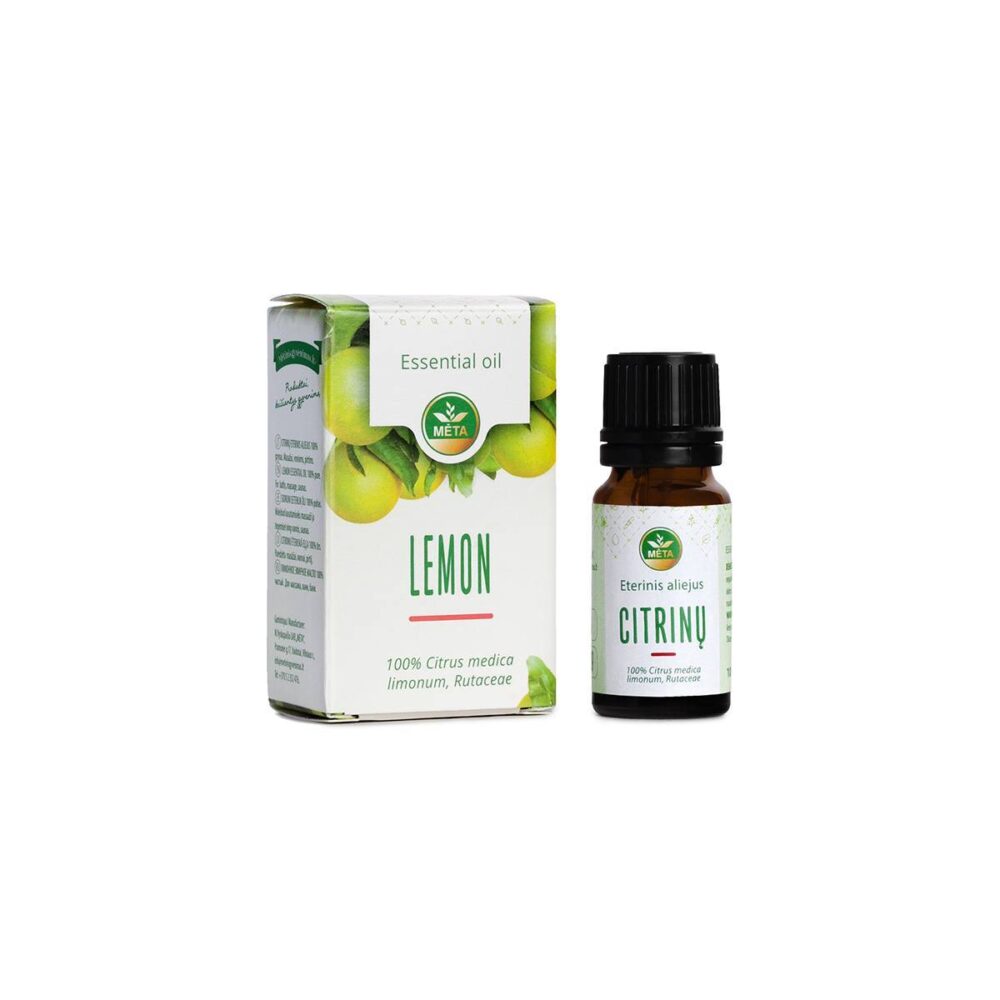

Reviews
There are no reviews yet.